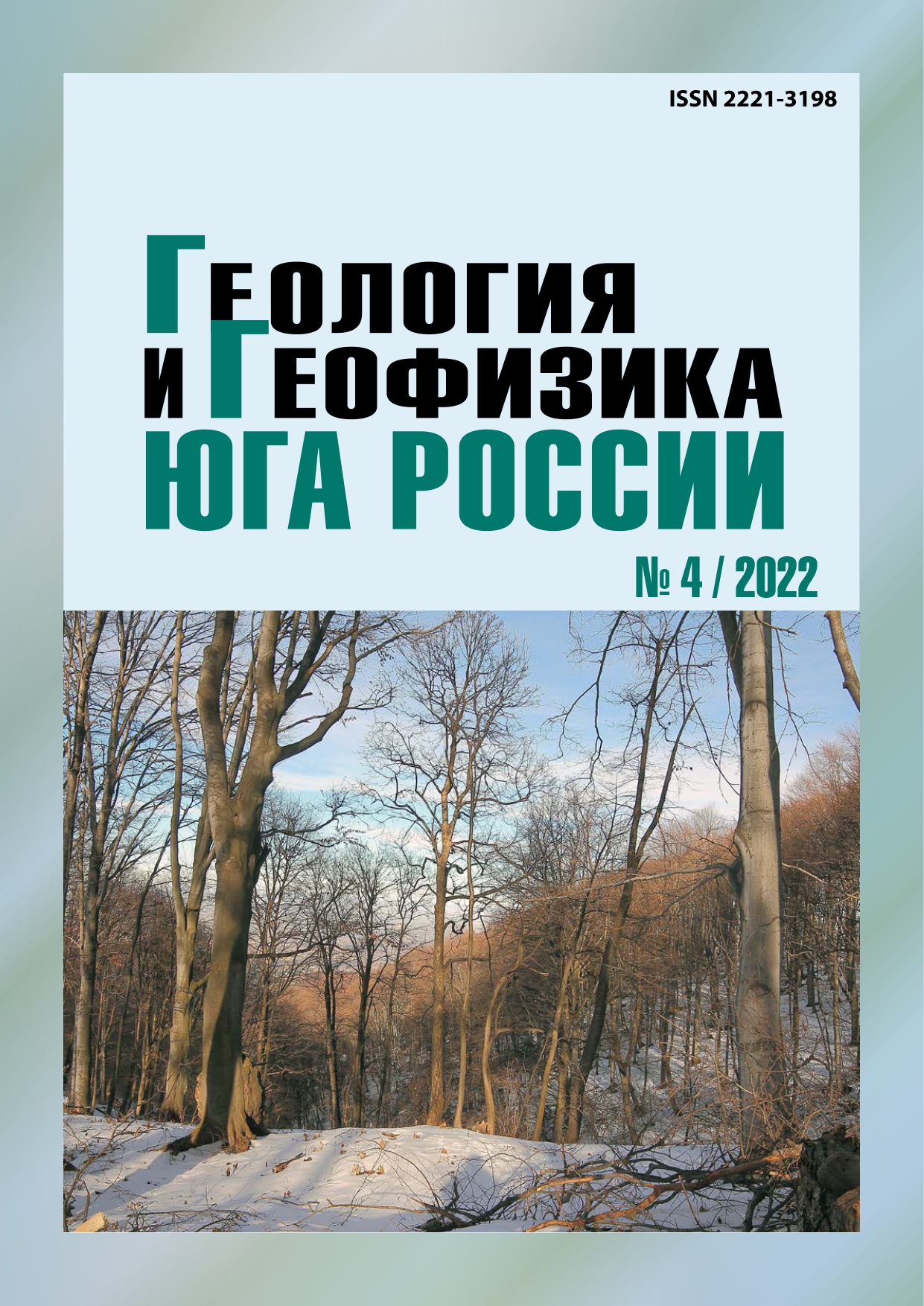Modeling of network of fractures in the volume of natural reservoirs of Neftekumsk deposits of Zimne-Stavkinsko-Pravoberezhnoye field based on field-lineament method in Petrel software
Keywords:
carbonate reservoir, fracture modeling, deep fault directions, interpretation of space images, lineaments, zones of increased productivity, dual porosity model, fractured porosity, fracture density trend, discrete fracture network
Abstract
Relevance. To increase the efficiency of the development of mineral deposits and the design of geological and technological measures (GTM) based on available data, it is advisable to use digital geological models that take into account the characteristics of various reservoirs. The object of study is the deposits confined to the Neftekumsk carbonate deposits of the Lower Triassic of the Zimne-Stavkinsko-Pravoberezhnoye gas-oil field, which is at the final stage of development. These deposits are characterized by a complex geological structure, which complicates development and leads to extremely uneven cumulative oil recovery with a equal distribution of production wells. In order to extract residual reserves efficiently and most optimally in the context of the unprofitability of using expensive additional exploration tools, it is necessary to create models of deposits using new approaches to modeling zones of increased productivity, taking into account the geodynamic characteristics of the territory. The aim of the study is to develop a methodological approach to building a realistic digital geological model of fractured carbonate reservoirs based on Earth remote sensing data and the productivity of production wells using the example of these deposits. Methods. During the study, an integrated approach was used, including analysis, systematization and generalization of geological and field data, a system-aerospace (lineament) method, an algorithm for discrete modeling of the distribution of fractures as objects (Discrete Fracture Network), implemented in Petrel software. Results. A method has been demonstrated to justify the distribution of fractures in carbonate rocks in the absence of a large amount of special studies by combining data on accumulated production and structural breakdowns of the reservoir. This approach has been tested on a digital model of these deposits. A geological model of a complex fractured reservoir can be an important tool for professionals working with fractured rock formations to make economically important decisions for infill drilling, gas storage, hydraulic fracturing or mining. Due to the rapid development of computing power and computer graphics, digital geological models provide insight into the impact of fractured reservoirs on the depletion of hydrocarbon reserves.
Published
2022-12-28
Section
Articles


